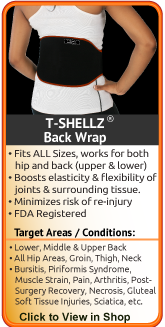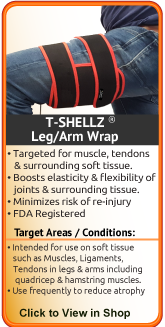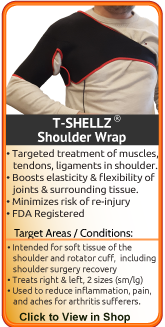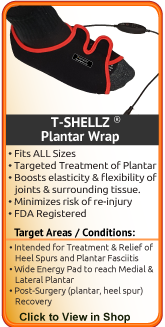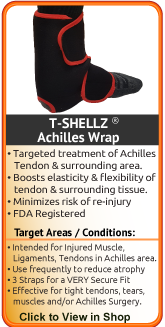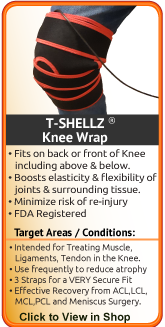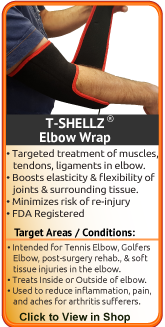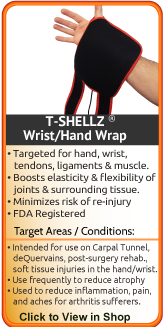|
| Muscles of the Hip, Groin & HamstringHip Adductor MusclesThe hip adductor muscles help to bring your legs together and rotate your hip inwards towards the midline of your body. There are two types of adductor muscles - long adductors and short adductors. Short Hip Adductor Muscles
Groin strain most commonly occurs in the adductor longus muscle. Long Hip Adductor Muscles
All of these muscles are located on the inside of your thigh. At the end of these muscles are tendons, which are tough, fibrous tissues that connect muscles to bone. Most of the hip adductor muscles and tendons attach your pubic bone (lower part of the pelvis) to your thigh bone (femur); however the gracilis muscle attaches to the lower leg bone (tibia) not the femur. These muscles and tendons start in the groin (creasing at the junction of the inner part of the thigh where it meets the body near the external genital area) and move down through the inner thigh to the inside of the knee. The adductor magnus and adductor longus draw the leg toward the inside of the body. Related Adductors: Hamstring MusclesThe hamstring muscles (semitendinosus, biceps femoris, semimembranosus) and gluteus maximus allow you to move your leg backward, behind your body from your hip (extension). The biceps femoris is the most commonly injured muscle in this muscle group, followed by the semitendinosus muscle. The occurrence of an injury to the semimembranosus muscle is rare. When it comes to groin injuries, I include the hamstring muscle group as there has been some evidence that injuries to both are related to hip and pelvis mechanics: 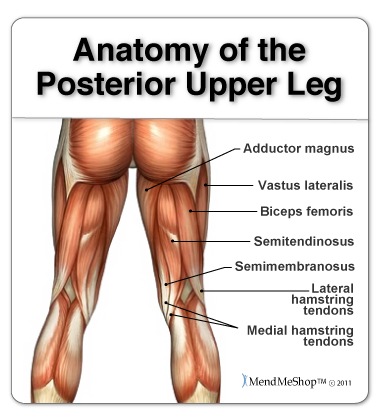 Quote:When individuals "lock down" their thoracic spine and rib cage (areas of mobility), they will compensate by moving through their lumbar spine and pelvis (areas of stability). Once the nervous system recognizes instability through the lumbar spine, there is reflexive up-regulation (increased activation) of the hamstrings and external hip rotators. This results in a subsequent loss of hip motion, leading to further movement dysfunction in the lumbar spine. Additionally, it leads to the femoral head being driven forward into the socket and the loss of internal hip rotation. Research has demonstrated that loss of internal hip rotation is a direct cause of anterior hip pain. This is often complicated by weakness of the stabilizing structures of the femoral head in the acetabulum. Weakness of the gluteus maximus in hip extension and the iliacus/psoas complex in hip flexion has been shown to contribute to an increase in femoral head migration in the acetabulum and can therefore be considered a precursor to anterior groin injuries. This change in pelvic alignment (posterior tilt and lumbar flexion) and femoral head position (anterior migration) then becomes a direct cause of hamstring injuries. The change in pelvis and hip alignment functionally inhibits the gluteus maximus, leading to synergist dominance of the hamstrings for hip extension. Because of their attachment to the ishcial tuberosity, the hamstring can not maintain an optimal axis of hip rotation. Along with the altered pelvic alignment, the hamstrings serve to drive the head of the femur further forward in the socket. Over time, the hamstrings fatigue from being overworked as hip extensors and become susceptible to tears and other overuse injuries. Source: "Groin And Hamstring Injuries | Article | Ptonthenet". 2019. Ptonthenet.Com. Accessed February 22 2019. (https://www.ptonthenet.com/articles/Groin-and-Hamstring-Injuries-3165 accessed 2019). The long head of the biceps femoris extends the hip, as when beginning to walk; both short and long heads flex the knee and laterally (outwardly) rotate the lower leg when the knee is bent.
ACL ReconstructionThe distal semitendinosus tendon is one of the tendons that is often considered as a candidate in the reconstruction of the ACL (anterior cruciate ligament of the knee). In such a procedure, a piece of the tendon is removed and used to replace a damaged ACL. Hip Flexor MusclesThe hip flexors are among the most powerful set of muscles and tendons in your body. Together hip flexor muscles and tendons help you lift your upper leg to your torso or flex your torso towards your thigh. The actions would be when sitting up from a lying down position. They externally rotate your spine and thigh bone, and also limit your hip extension when walking or running. They are made up of a deep set of muscles at the front of your hip (iliopsoas), outer hip muscles (tensor fasciae latae), and muscles that lie over the top of the iliopsoas muscles in your front, upper thigh area (rectus femoris and sartorius). 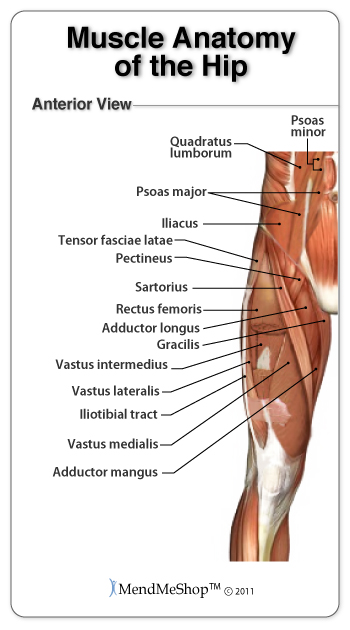 Flexor Group 1: The IliopsoasThe Iliopsoas muscle is really a combination of 3 muscles - all of which lie deep within the hip: the psoas major, psoas minor, and iliacus. The psoas muscle lies at the front of your hip. It starts in your lower back, attaches to the base of your sacrum (triangular bone that forms the bottom of your spine and the back part of your pelvis) on the inner surface of your ilium (the upper and widest part of the pelvis/hip bone) and ends on the top of your femur (thigh bone). The iliacus starts from your hip bone/ilium, and attaches across to the inner surface of your lower spine and sacrum. It also ends at the top of your femur. Both of these muscles come together via the same tendon and attach to the bump on the inside of the shaft of your femur (the lesser trochanter) - this is where most injuries occur. The iliopsoas muscle is the strongest flexor of the hip joint and is arguably the most important muscle group in the body. If you are doing a sit up, the iliopsoas muscle group is basically what allows you to straighten your upper body. Without it, walking is pretty much impossible. Flexor Group 2: QuadricepsThe rectus femoris is the most prevalent of the four quadriceps muscles. The other quadriceps muscles are the vastus intermedius, vastus medialis and the vastus lateralis. All the quadriceps muscles attach to the quadriceps tendon which attaches to the knee cap (patella) - these muscles work together to bring the leg forward (hip flexion). Rectus femoris strainThis is commonly referred to as hip flexor strain. Often this injury takes place at the tendon that attaches to the patella or in the muscle itself. Often the injury is a partial tear but it is not rare for a full tear to happen. The injury is caused by a forceful movement related to sprinting, jumping, or kicking and as such, is common in sports like football and soccer. The rectus femoris crosses both the knee and the hip and because of this, it is more prone to injury. Symptoms include a sudden sharp pain at the front of the hip or in the groin, swelling and bruising, and an inability to contract the rectus femoris with a full tear. Flexor Group 3In the adductor group, the adductor magnus and adductor longus draw the leg toward the inside of the body. Conversely, the gluteus medius, gluteus minimus and tensor fascia latae (attached to the IT band) are used to abduct your leg away from the body. The tensor fascia latae (TFL) also assists with rotating your hip inward and hip flexion. Other deep muscles of the hip include the piriformis, the obturator internus, the obturator externus, the gemellus superior, the gemellus inferior and the quadratus femoris. Learn More About Muscle Injuries & TreatmentsI want to learn more about Post-Surgery Recovery I want to learn more about muscle injury home treatment using the TShellz Wrap® I want to learn more about Ice & Heat: Which Is Better For Muscle Strains/Spasms? Do I Need Muscle Surgery?
|


